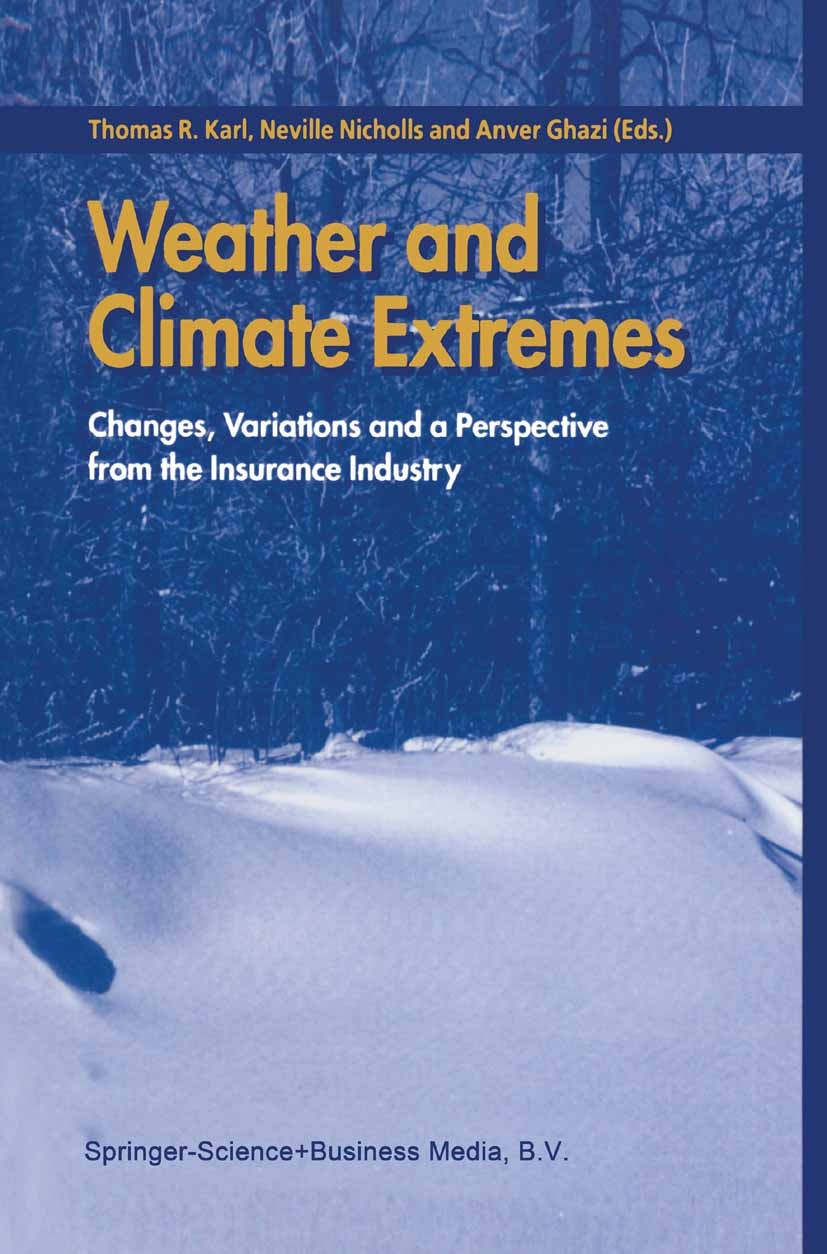与中国白天、夜间和复合热浪相关的独特局地和大尺度过程
IF 6.9
1区 地球科学
Q1 METEOROLOGY & ATMOSPHERIC SCIENCES
引用次数: 0
摘要
不同类型的热浪对社会经济和生态系统产生不同的影响,但不同类型热浪的潜在机制仍然知之甚少。在这项研究中,我们确定了1991-2022年中国白天、夜间和复合热浪的热点,并对其独特的大气配置进行了系统的调查。结果表明,中国白天热浪群与具有准正压结构的各种远相关波列(即欧亚型或斯堪的纳维亚型)密切相关。热点通常位于对流层中反气旋的中心或南侧,伴随着异常下降运动和云量减少,从而为日间热浪提供干热条件。夜间热浪团受局地特征较多的大气环流调制,热点一般位于有异常上升运动的反气旋和气旋之间。这一特征有利于水汽的汇聚,并导致更多的多云和潮湿的条件,这阻碍了长波辐射在夜间向上发射。另一方面,复合热浪团的热点受中层反气旋控制,而它们位于低层反气旋和低层气旋之间,可同时引起绝热下降运动和水汽增强,有利于高温从白天持续到夜间。本文章由计算机程序翻译,如有差异,请以英文原文为准。
Distinctive local and large-scale processes associated with daytime, nighttime and compound heatwaves in China
Different heatwave types exert distinctive impacts on the socio-economic and ecosystems, but the potential mechanisms for different heatwave types remain poorly understood. In this study, we identify the hot spots of daytime, nighttime, and compound heatwaves over China during 1991–2022, and provide a systematic investigation of their distinctive atmospheric configurations. The results show that the daytime heatwave clusters in China are closely linked to the various teleconnection wave trains (i.e., Eurasian or Scandinavian patterns) with quasi-barotropic structures. The hot spots are typically located at the center or southern flank of the anticyclone in the troposphere, accompanied by anomalous descending motions and reduced cloud cover, thus providing dry-hot conditions for daytime heatwaves. In comparison, the nighttime heatwave clusters are modulated by the atmospheric circulations that exhibit more local features, and the hot spots are generally located between the anticyclone and the cyclone with anomalous ascending motions. This feature favors the convergence of water vapor and leads to more cloudy and moist conditions, which hinder upward emissions of longwave radiation at night. On the other hand, the hot spots of compound heatwave clusters are controlled by the anticyclone in the middle level while they are located between the anticyclone and the cyclone in the lower level, which can simultaneously cause adiabatic descending motions and enhanced water vapor, conducive to the continuation of high temperature from daytime to nighttime.
求助全文
通过发布文献求助,成功后即可免费获取论文全文。
去求助
来源期刊

Weather and Climate Extremes
Earth and Planetary Sciences-Atmospheric Science
CiteScore
11.00
自引率
7.50%
发文量
102
审稿时长
33 weeks
期刊介绍:
Weather and Climate Extremes
Target Audience:
Academics
Decision makers
International development agencies
Non-governmental organizations (NGOs)
Civil society
Focus Areas:
Research in weather and climate extremes
Monitoring and early warning systems
Assessment of vulnerability and impacts
Developing and implementing intervention policies
Effective risk management and adaptation practices
Engagement of local communities in adopting coping strategies
Information and communication strategies tailored to local and regional needs and circumstances
 求助内容:
求助内容: 应助结果提醒方式:
应助结果提醒方式:


